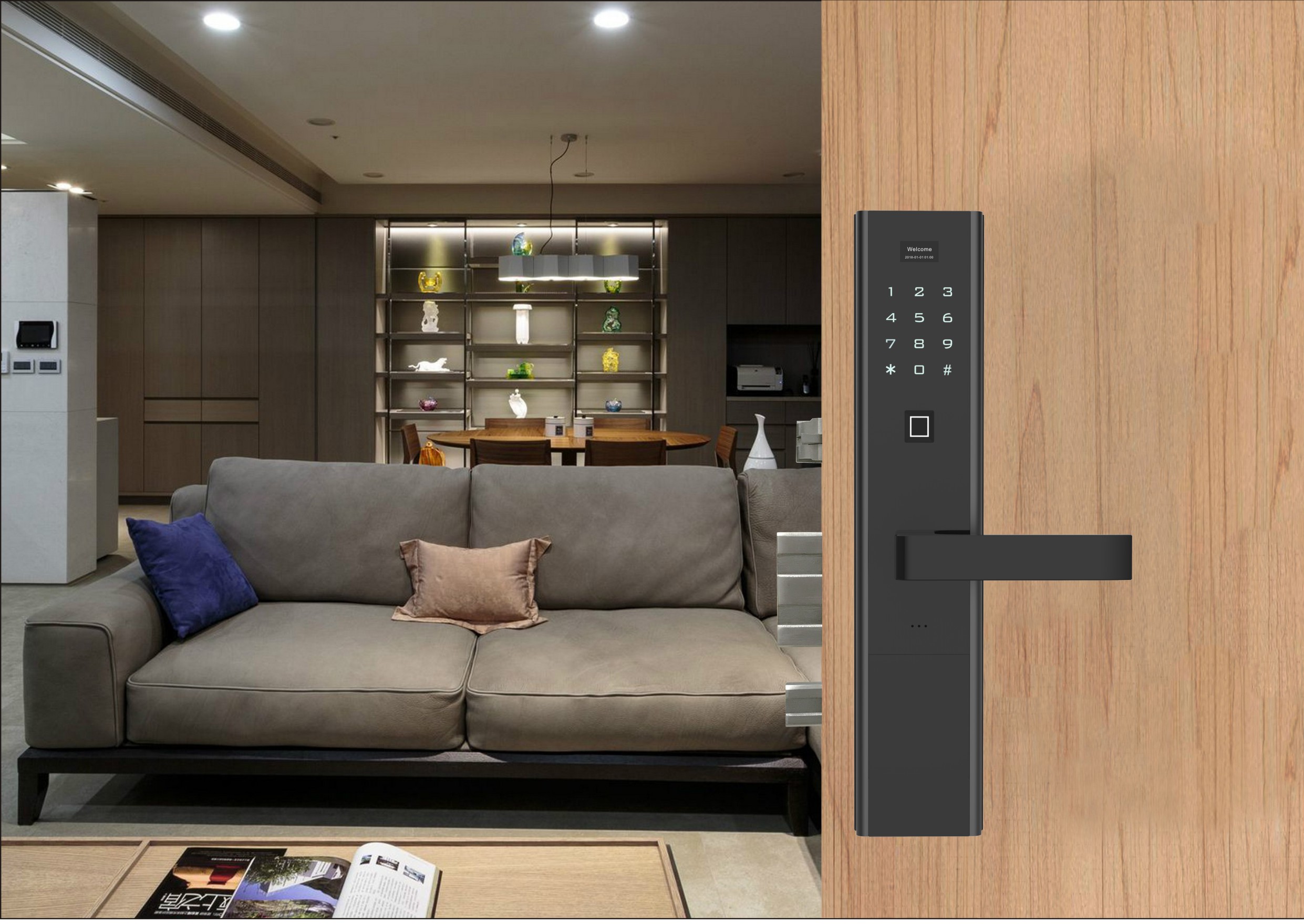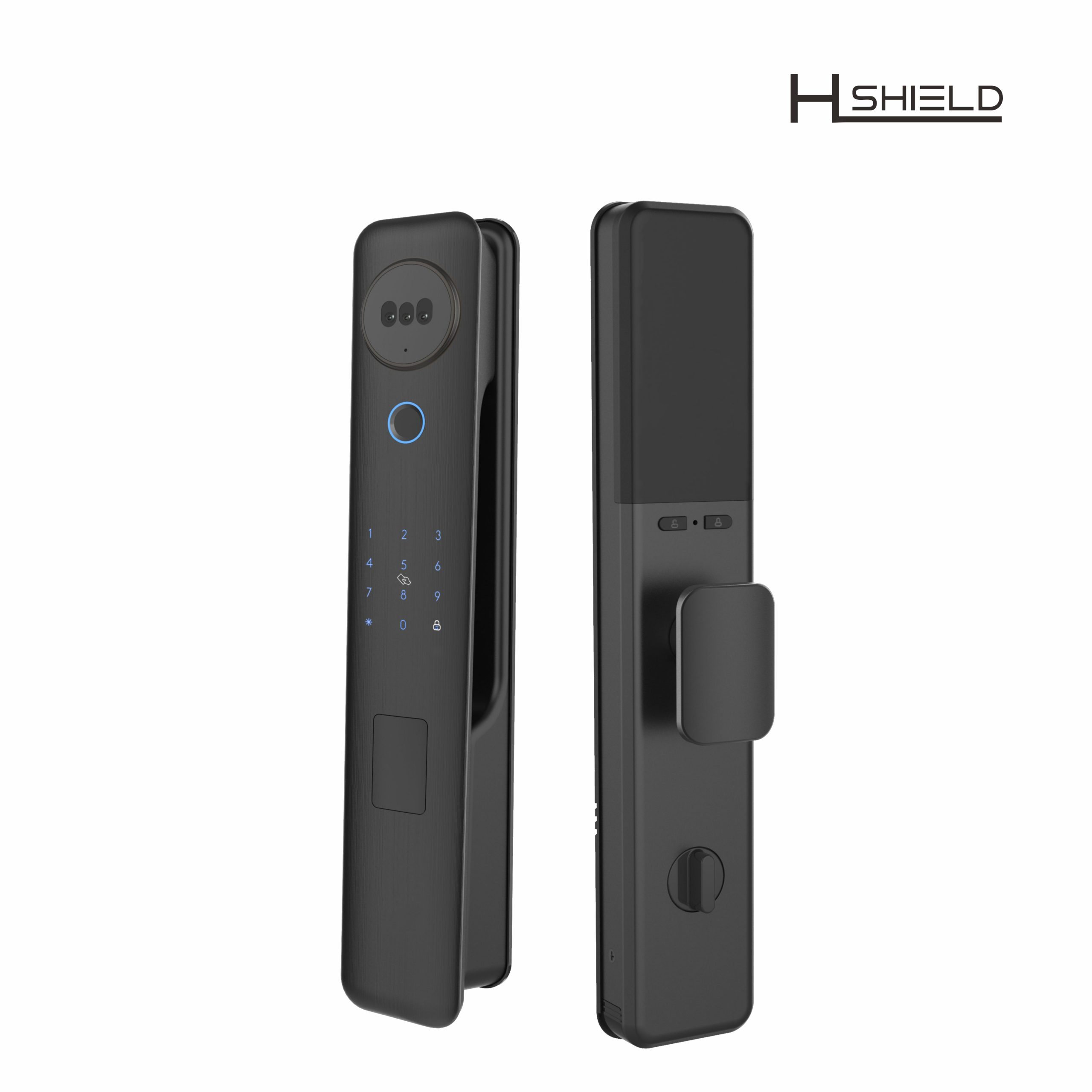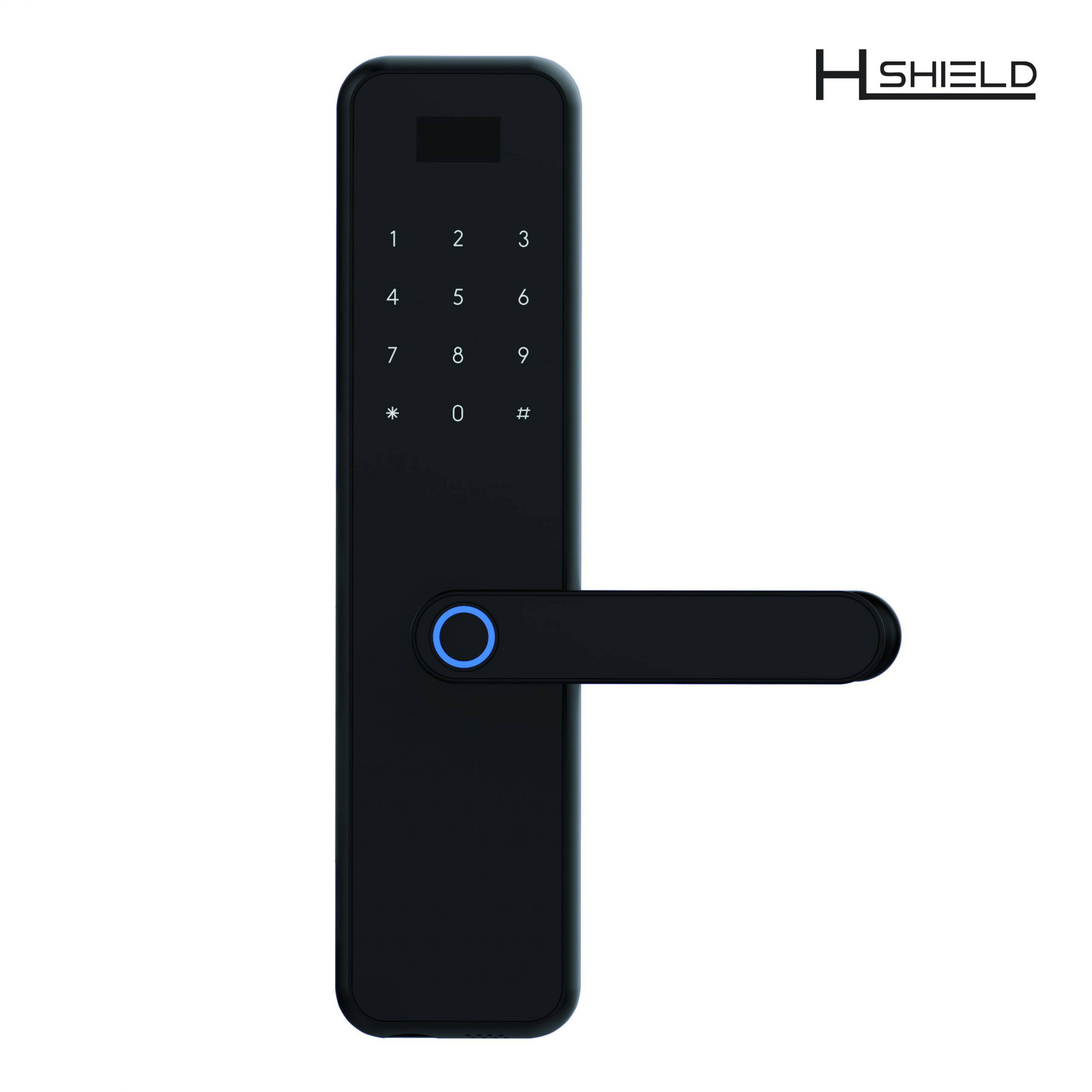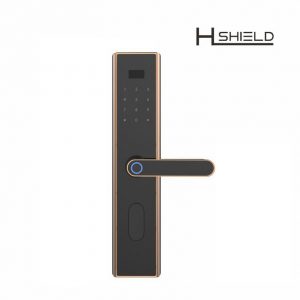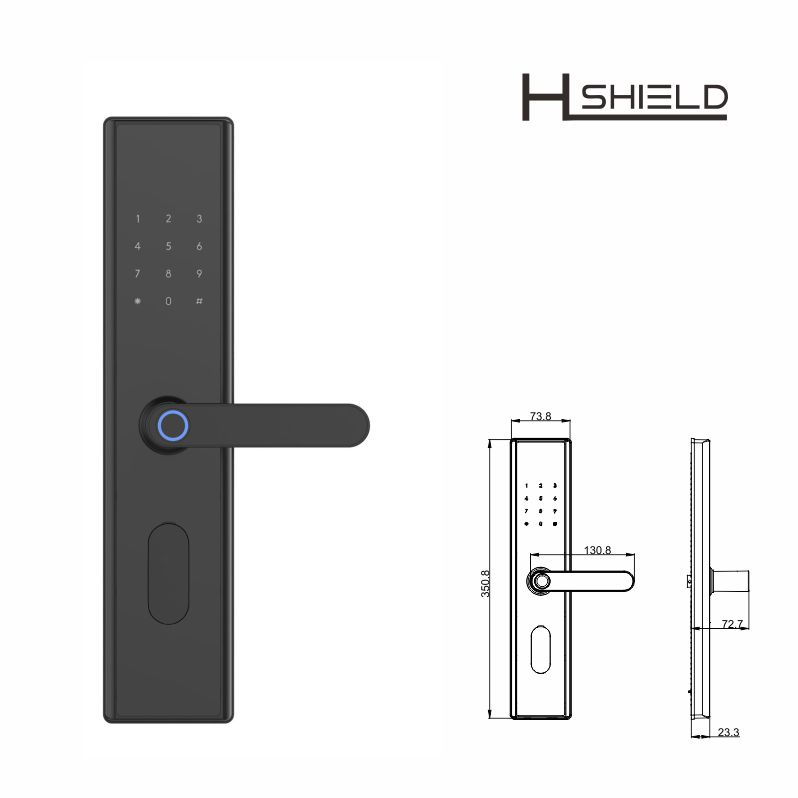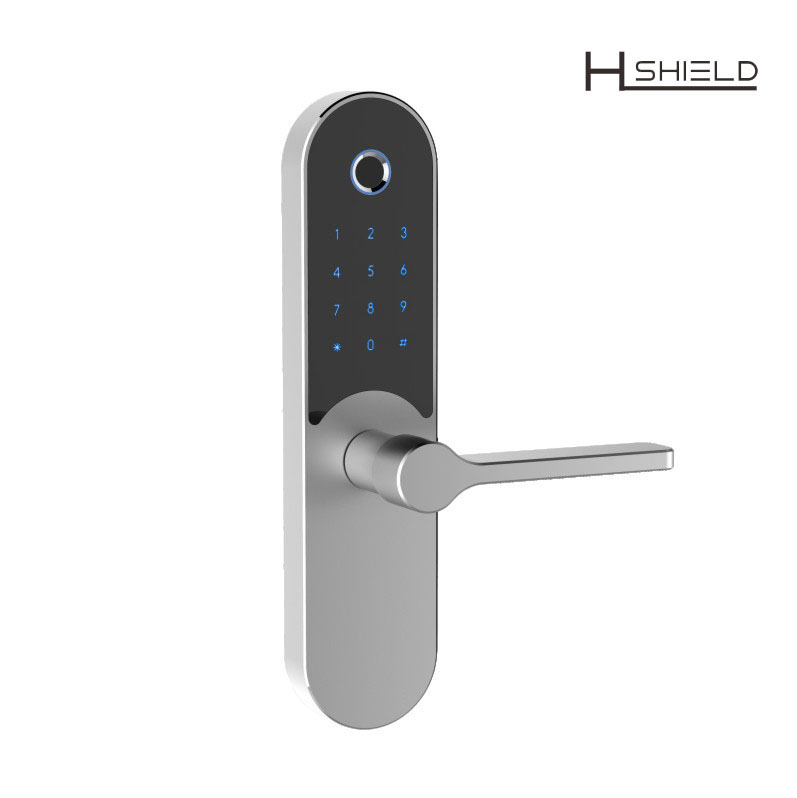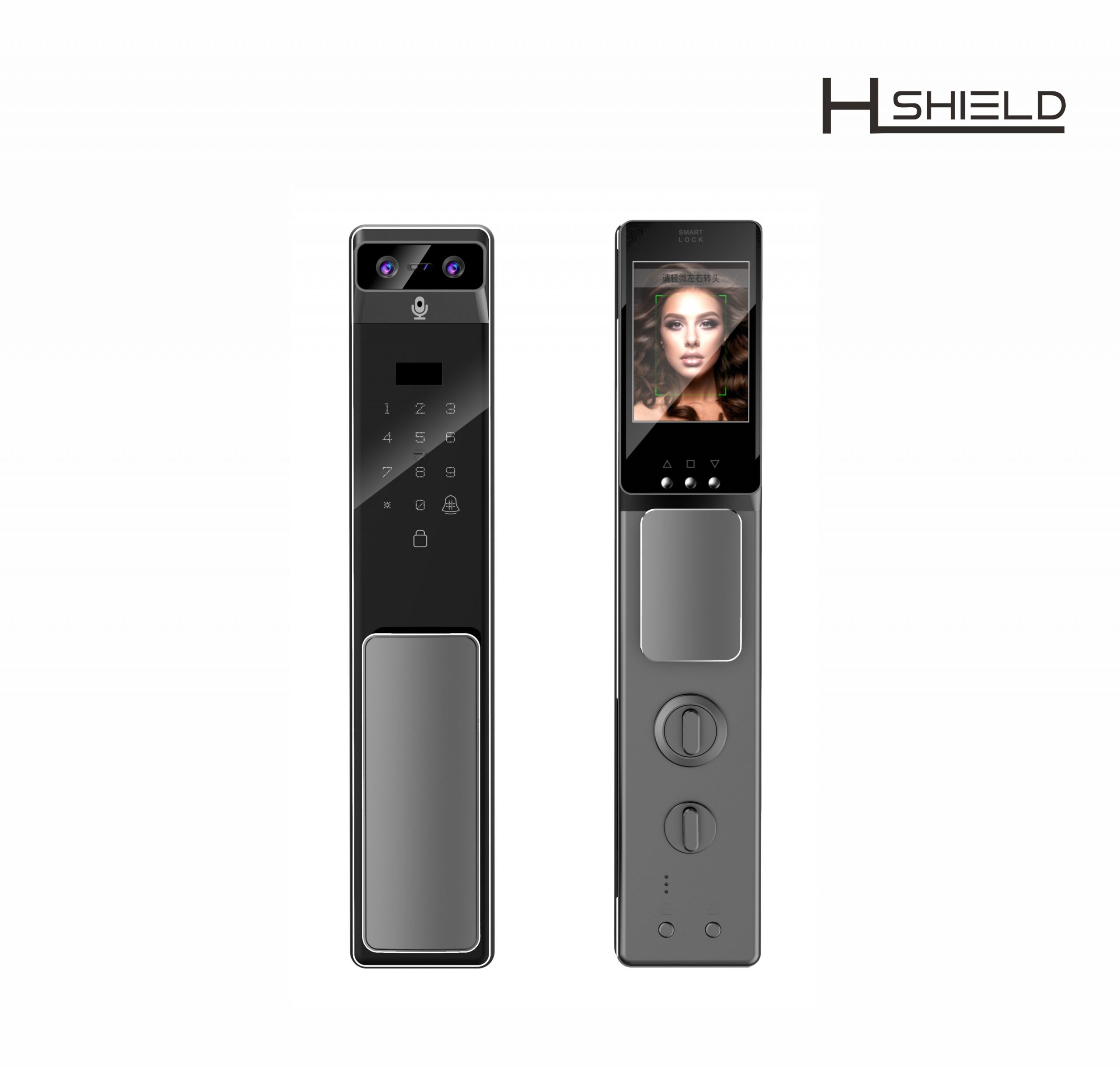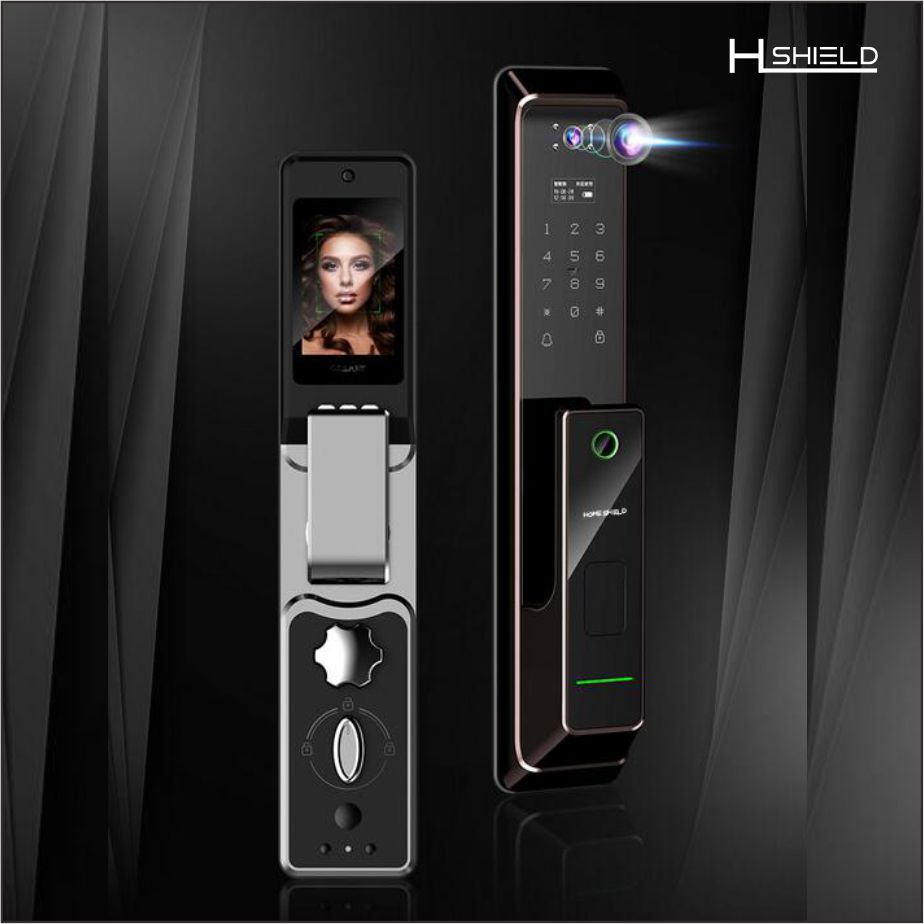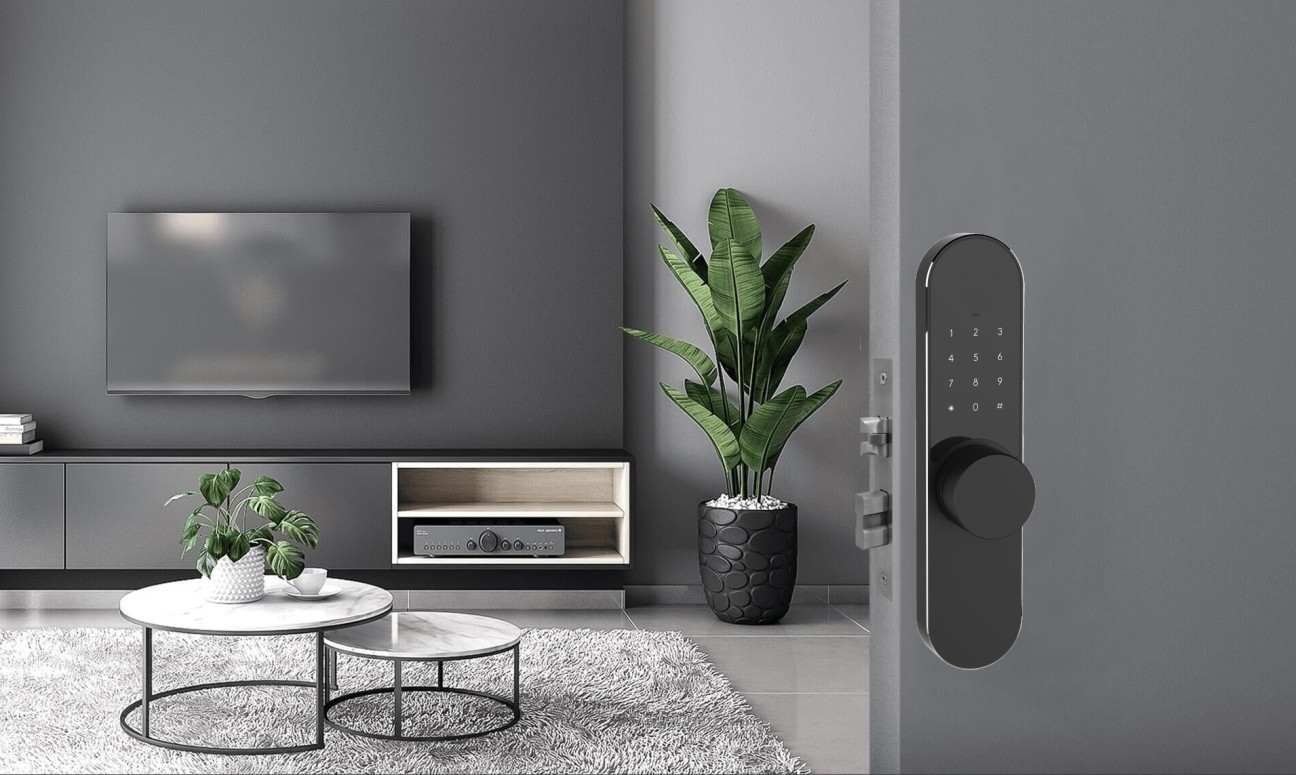Introduction
In the realm of home and business security, the technological evolution has been nothing short of revolutionary, particularly in developed nations where the embrace of cutting-edge solutions is most pronounced. Among these advanced security measures, thumbprint door locks, a stellar example of biometric technology application, are standing out for their robust protection capabilities. Once confined to the pages of science fiction and high-security facilities, thumbprint recognition technology is now a common sight at the front doors of many homes and businesses around the world. This integration of biometric security measures marks a significant shift in how societies in developed countries approach the protection of their homes and assets. By offering a unique combination of enhanced security, unmatched convenience, and futuristic appeal, thumbprint door locks are setting a new standard in the security landscape.
Unlocking the Mechanics of Thumbprint Door Locks
Thumbprint door locks harness the unique patterns of an individual’s fingerprint to provide access control, making use of biometrics—physiological characteristics that are specific to each person. At the heart of these systems lies a scanner that captures a digital image of the fingerprint. This image is then processed by sophisticated algorithms that identify unique ridges and valleys. Once the fingerprint is scanned, it’s compared against a database of stored fingerprints authorized for entry.
The technology leverages minutiae points within the fingerprint, which are tiny details that form patterns such as loops, whorls, and arches. A high-quality thumbprint lock does not just scan the superficial print; it uses capacitive or optical sensors to create a detailed depth map of the fingerprint. This ensures a higher level of security as it is incredibly difficult to replicate or fool with superficial means. Furthermore, modern thumbprint door locks integrate seamlessly with smart home systems, allowing for remote monitoring and management, adding another layer of convenience and control for users.
Advantages of Thumbprint Door Locks
The primary advantage of thumbprint door locks is their enhanced security. Unlike traditional keys, which can be lost, stolen, or duplicated, fingerprints are inherently tied to an individual and virtually impossible to replicate accurately without sophisticated and conspicuous efforts. This biometric approach drastically reduces the risk of unauthorized entry, making it an ideal solution for both homes and businesses seeking high-security solutions.
In addition to security, thumbprint door locks offer unparalleled convenience. The hassle of managing keys or remembering complex codes is eliminated—entry is as simple as placing a finger on a scanner. This ease of use extends to all ages and abilities, ensuring that children, the elderly, and those with disabilities can access their homes with ease. Furthermore, the integration of these locks into wider smart home systems means that they can also enhance other aspects of home management, such as adjusting lighting, heating, or alarm systems upon entry or exit, further streamlining the daily routines of users.
Moreover, the adoption of thumbprint door locks also reduces the incidents of lockouts and the associated costs of locksmith services. With direct, personalized access, homeowners no longer need to hide spare keys under mats or in fake rocks, locations which can often be security vulnerabilities. This not only simplifies access but also enhances the overall security posture of a property.
Adoption in Residential Areas
The adoption of thumbprint door locks in residential settings has seen a significant uptick in developed countries, driven by the growing demand for smarter, safer home security solutions. Homeowners are increasingly aware of the benefits these biometric systems offer, not just in terms of security but also for the enhanced lifestyle convenience they provide.
One of the primary reasons for their popularity in residential areas is the ease with which these locks can be installed and used. Unlike more complex security systems that require professional installation, many thumbprint door locks are designed for DIY enthusiasts and can be easily integrated into existing door hardware. This accessibility has made them a favorite among homeowners looking to upgrade their security with minimal disruption.
Additionally, the use of thumbprint door locks in homes helps families feel safer. Parents, in particular, find peace of mind in knowing that their children can safely let themselves in after school without the need for carrying keys—which can be easily lost or stolen. This feature is complemented by the ability to program locks to recognize multiple family members’ fingerprints, thereby ensuring that each person can access the home independently but securely.
Another appealing aspect for residential use is the potential integration with other smart home technologies. For instance, thumbprint locks can be connected to home automation systems to trigger other actions upon entry, such as turning on lights or adjusting the thermostat, enhancing both comfort and energy efficiency.
The security of biometric locks also extends beyond their technological capabilities. By eliminating the need for physical keys, homeowners drastically reduce the risk of break-ins associated with key theft or loss. Moreover, many modern thumbprint door locks are equipped with anti-tampering features that alert homeowners through connected devices if any unauthorized attempt is made, providing an additional layer of security.
Adoption in Commercial Sectors
In the commercial realm, the deployment of fingerprint door locks is becoming increasingly prevalent, particularly in sectors where security and data protection are paramount. Businesses ranging from small startups to large corporations are integrating these locks as part of a comprehensive security strategy that emphasizes both physical and information security.
The commercial advantages of thumbprint door locks include controlled access to sensitive areas. For instance, data centers, executive offices, and research labs, which house sensitive information or valuable assets, often employ biometric locks to ensure that only authorized personnel can enter. This access control is crucial for compliance with regulatory standards related to privacy and security, such as GDPR in Europe and HIPAA in the United States.
Furthermore, the ability to track and record entry and exit times provides businesses with valuable data that can be used for everything from monitoring employee attendance to enhancing overall security protocols. This feature is particularly beneficial in environments where accurate timekeeping is essential, such as in manufacturing facilities or corporate offices.
Navigating Privacy and Technology Issues
Despite the clear benefits, the adoption of thumbprint door locks is not without its challenges. One of the most significant concerns is the handling and protection of biometric data. In an era where data privacy is a hot-button issue, the storage and use of biometric information pose potential risks and raise ethical questions. Businesses and homeowners alike must ensure that they comply with data protection laws and maintain the highest standards of data security to prevent unauthorized access or breaches.
Technologically, while thumbprint door locks are highly reliable, they are not infallible. Issues such as false rejections or false acceptances, although rare, can occur. Environmental factors like dirt or moisture on a scanner can affect accuracy, and the technology might struggle with fingerprint recognition in elderly individuals, whose fingerprints may wear down over time.
Moreover, there is always the threat of tampering or bypassing the system through sophisticated methods, although such instances are significantly rarer compared to traditional lock-picking techniques. Security systems, therefore, often need to be layered, incorporating thumbprint locks alongside other security measures such as PINs, security cameras, or alarm systems to create a comprehensive protective environment.
Future Outlook
The future of thumbprint door locks and broader biometric security lock technologies looks promising, with continual advancements expected to enhance their reliability and scope of use. As technology evolves, the accuracy of biometric systems is improving, reducing the incidence of errors and increasing user trust. Innovations in artificial intelligence and machine learning are poised to refine the algorithms that analyze biometric data, further enhancing the precision and speed of thumbprint recognition.
Moreover, the integration of biometric technologies with emerging smart home and IoT (Internet of Things) devices suggests a future where security is increasingly automated and interconnected. This could lead to more personalized security measures, where systems adapt to the habits and preferences of individual users, offering a seamless, intuitive user experience while maintaining robust security protocols.
In addition, the push towards more sustainable and energy-efficient technologies in security systems is gaining traction. Future biometric systems may use less energy and incorporate materials and designs that are more environmentally friendly, aligning with global sustainability goals.
Secure Tomorrow with Thumbprint Door Locks
As we’ve explored throughout this article, thumbprint door locks represent a significant advancement in security technology, particularly in developed nations where the integration of innovative solutions is more accessible. These locks offer a unique blend of enhanced security, convenience, and advanced technological integration, making them a preferred choice for both residential and commercial properties.
The adoption of thumbprint door locks is not just about keeping unauthorized individuals out; it’s about creating a safer, more convenient environment for those who are authorized to be in. As this technology continues to evolve and integrate with other smart systems, the potential for creating even more secure and intelligent buildings and homes is vast. Thumbprint door locks are indeed key to unlocking a more secure future, enhancing the way we protect our most valuable assets and personal spaces.
Take the next step towards securing your home or business by visiting HomeShield’s website today. Explore their range of thumbprint door locks and find the perfect solution that meets your security needs. With HomeShield, you’re not just installing a new lock—you’re upgrading to a smarter, safer future.
Join the security revolution with HomeShield and experience the peace of mind that comes with superior protection.

